Discover the Versatile Tenor Banjo: A 4-String Powerhouse
Often misunderstood but incredibly versatile, the tenor banjo is a unique 4-string instrument with a shorter neck than its 5-string counterparts. It typically comes in two scale types: 17-fret and 19-fret models. While its name might suggest a lower pitch, like a tenor vocalist or saxophone, the "tenor" in its name actually a bit of a mystery. Many believe one story that makes sense, though unconfirmed, is that it perhaps stems from its use during the early 20th-century American tango craze, where it was sometimes called a "tango banjo." Over time, "tango" may have simply morphed into "tenor."
Why Tenor Banjos Appeal to String Players
One of the most compelling aspects of the tenor banjo, especially for those who already play other stringed instruments, is its traditional tuning in perfect fifths. This is the same interval tuning used by the orchestral string family—violins, violas, and cellos (excluding the bass)—as well as the mandolin family, which includes the mandolin, mandola, and mandocello. If you're proficient on any of these instruments, you'll find picking up a tenor banjo remarkably intuitive, allowing you to start playing almost immediately!
Traditional Tunings and Their Uses
Tenor banjos are primarily used in traditional jazz and Irish music, and are typically played with a flat pick. In traditional jazz, you'll often find players strumming chords, while in Irish music, the focus is usually on single-note melodies.
There are two main traditional tunings, both utilizing fifths:
Standard Tenor Tuning - C, G, D, A - same as viola and cello (cello is an octave lower). Get strings for standard tenor tuning here!
Irish Tenor Tuning - G, D, A, E - same as mandolin and violin! Get strings for Irish tenor tuning here!
Chicago Tuning: A Guitarist's Gateway
For guitar players, there's a popular third tuning option called Chicago tuning (D-G-B-E). This tuning mimics the first four strings of a guitar, making it incredibly accessible for guitarists to transition to the tenor banjo and start playing without a steep learning curve.
The Benefits of Fifth-Based Tuning
When tuned in fifths, the tenor banjo offers some distinct advantages:
-
Wider Chord Voicings: The notes of a chord are spread out more broadly in pitch. This allows each individual note to ring out clearly, producing a richer, "fatter" tone compared to chords with notes clustered closer together.
-
Symmetrical Playing: The tuning in fifths creates a beautiful symmetry across all strings, simplifying the playing of scales, licks, and arpeggios. This consistency makes it easier to navigate the fretboard.
Beyond Tradition: Expanding the Tenor Banjo's Horizons
As a traditional jazz player myself, I'm captivated by the percussive nature of the tenor banjo. When a drummer isn't present, the banjo truly becomes the rhythmic backbone of the band—after all, a banjo is essentially a drum with strings!
While its traditional roles in New Orleans jazz and Irish music are iconic, the tenor banjo's versatile tuning allows it to excel in many other styles. Since it shares tuning with so many other stringed instruments, its potential is vast. I've personally found it works wonderfully for blues, funk, R&B, calypso, Colombian cumbia, and more! Take a listen to some of the different styles I've used it for here!
Unleash Your Creativity
Ready to explore the possibilities? Pick up a tenor banjo, choose the tuning that best suits your musical goals, and let your creativity guide you to discover all the amazing music you can make!
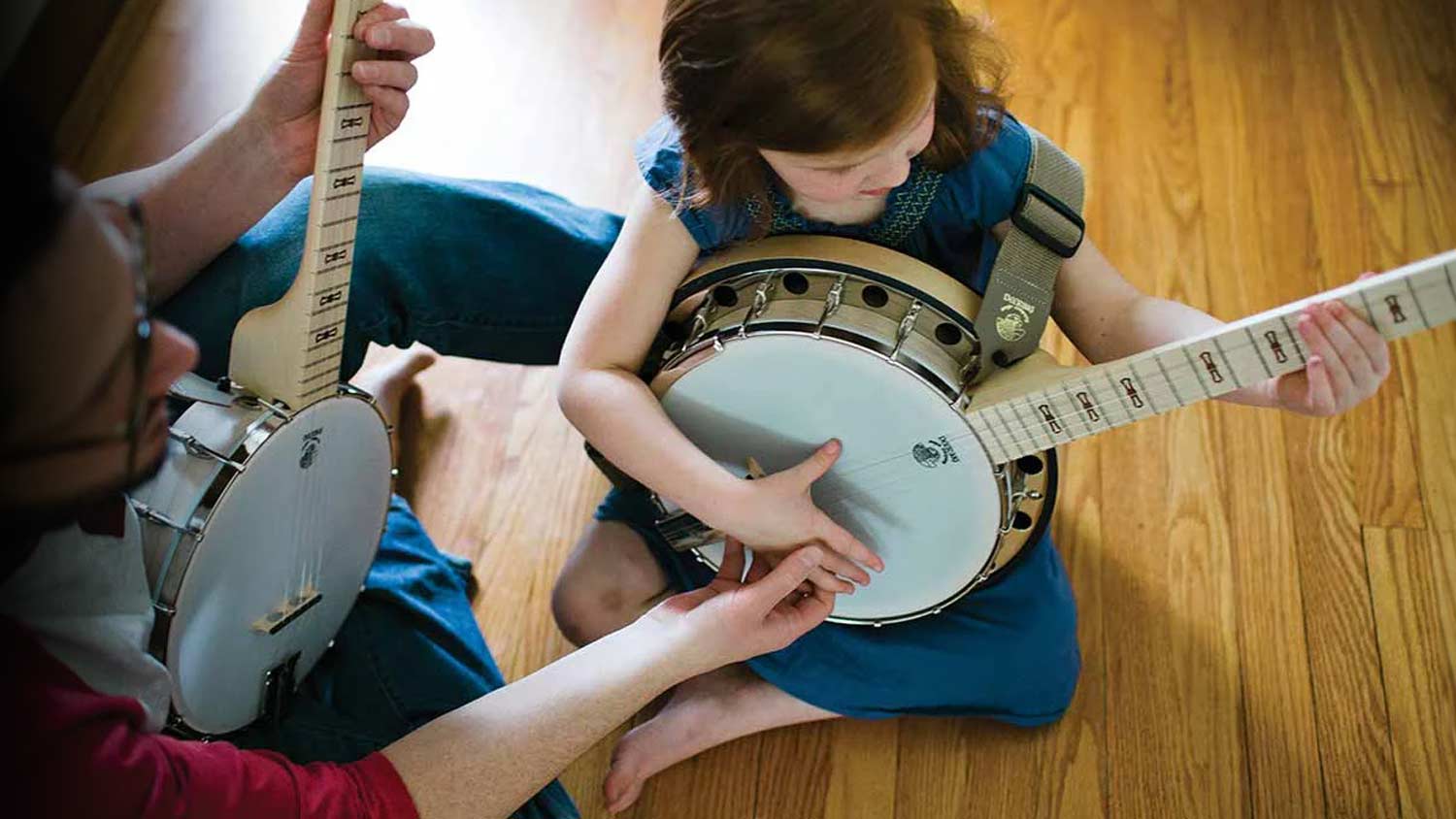



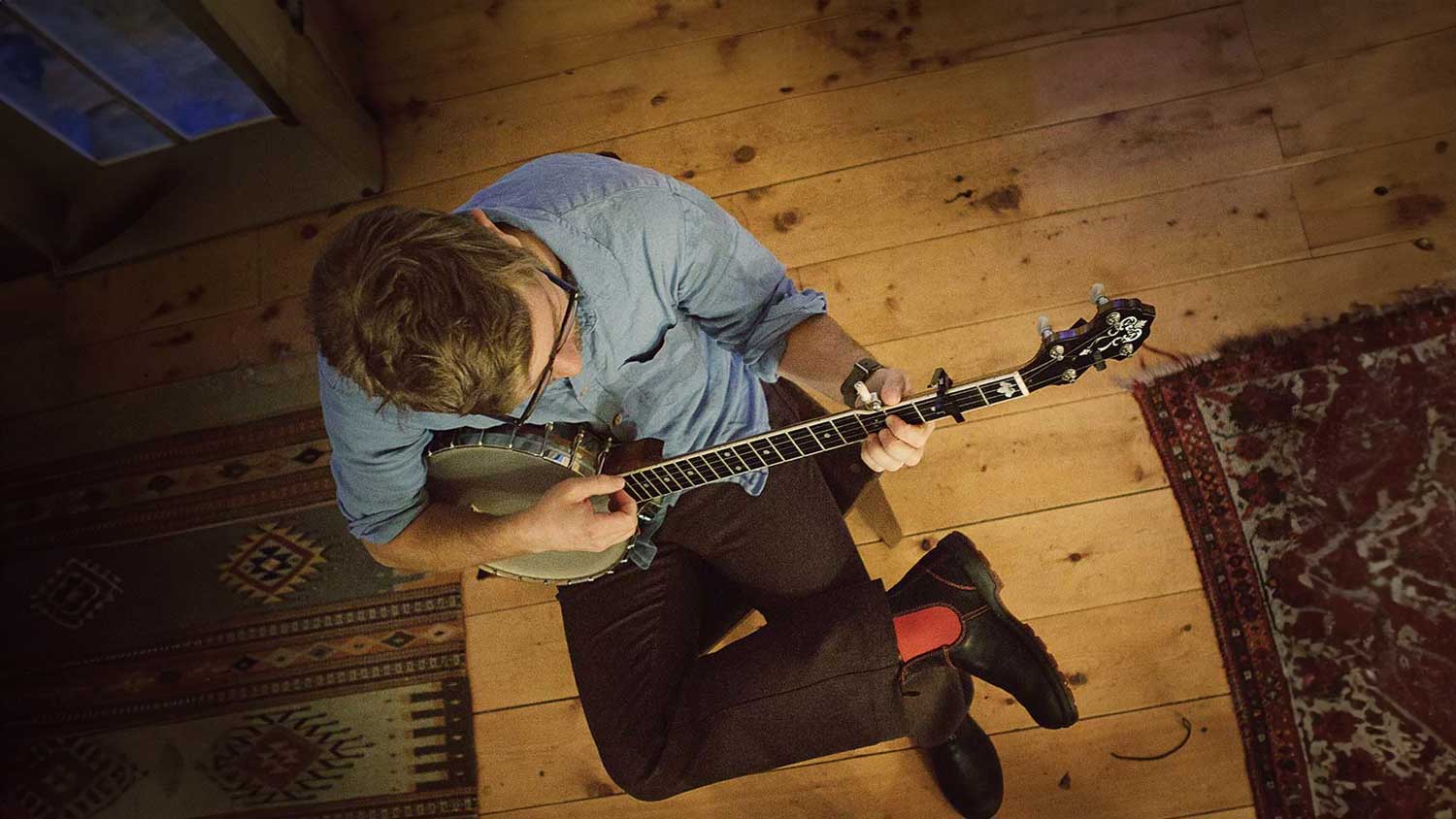
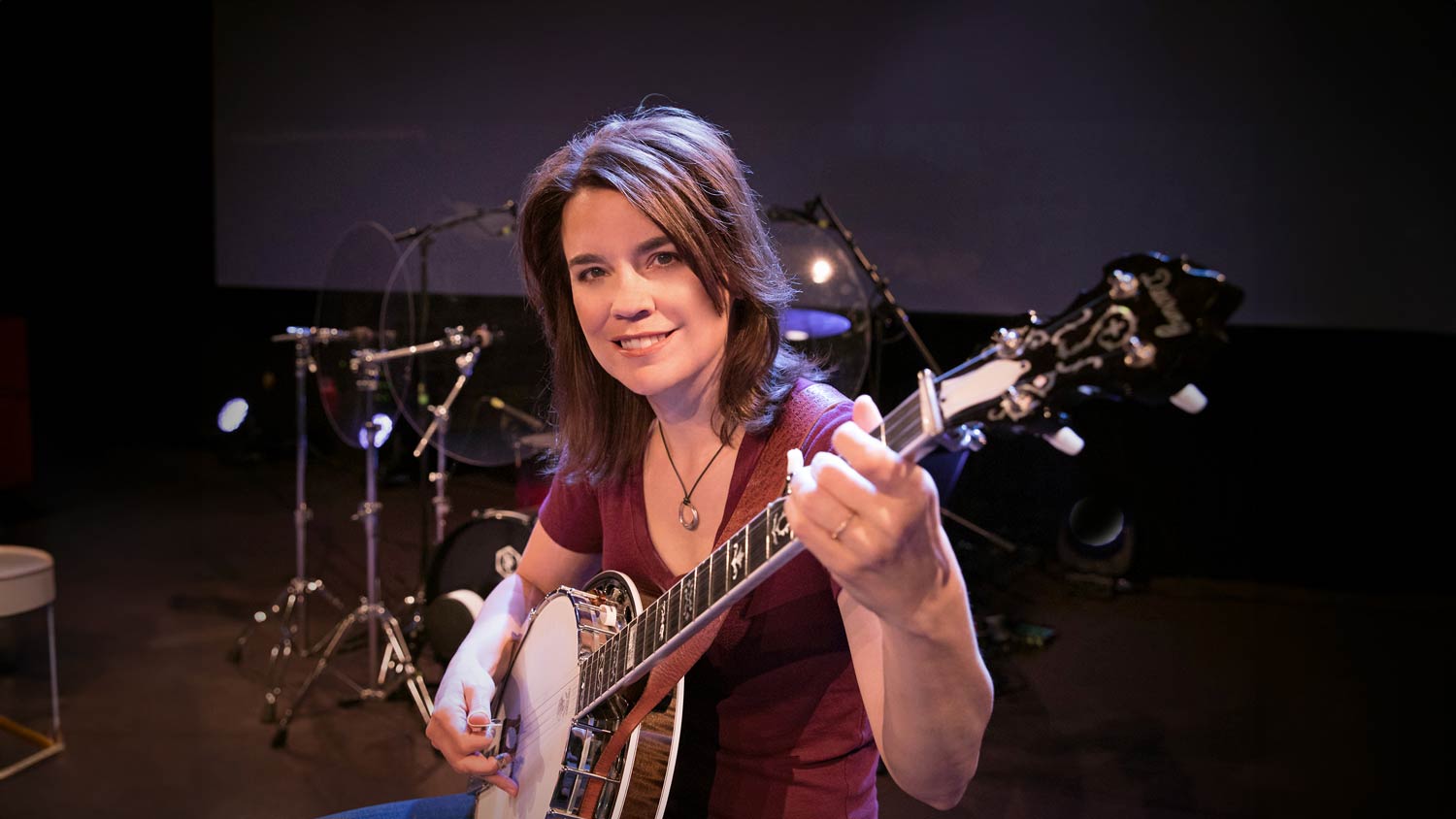

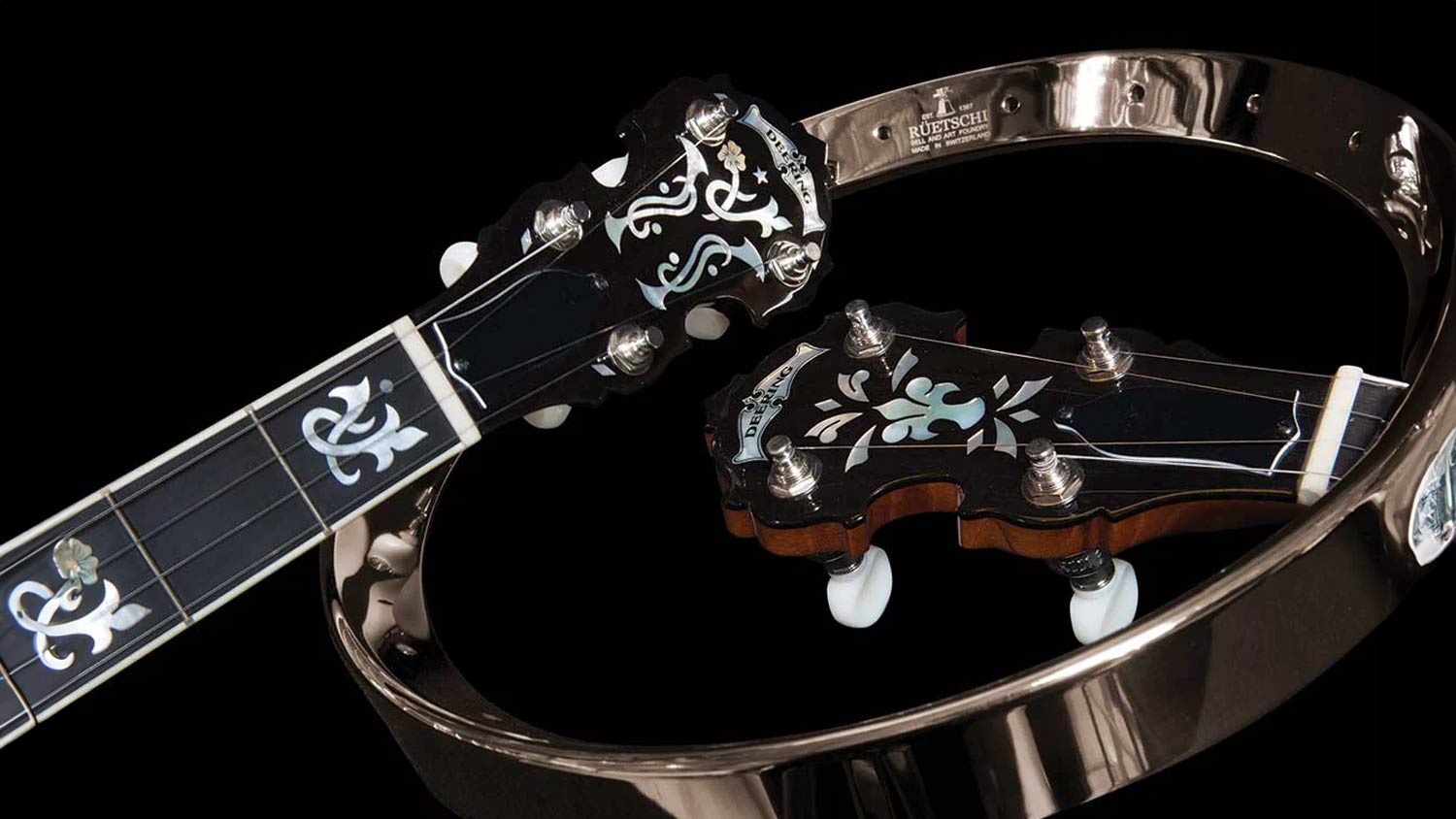

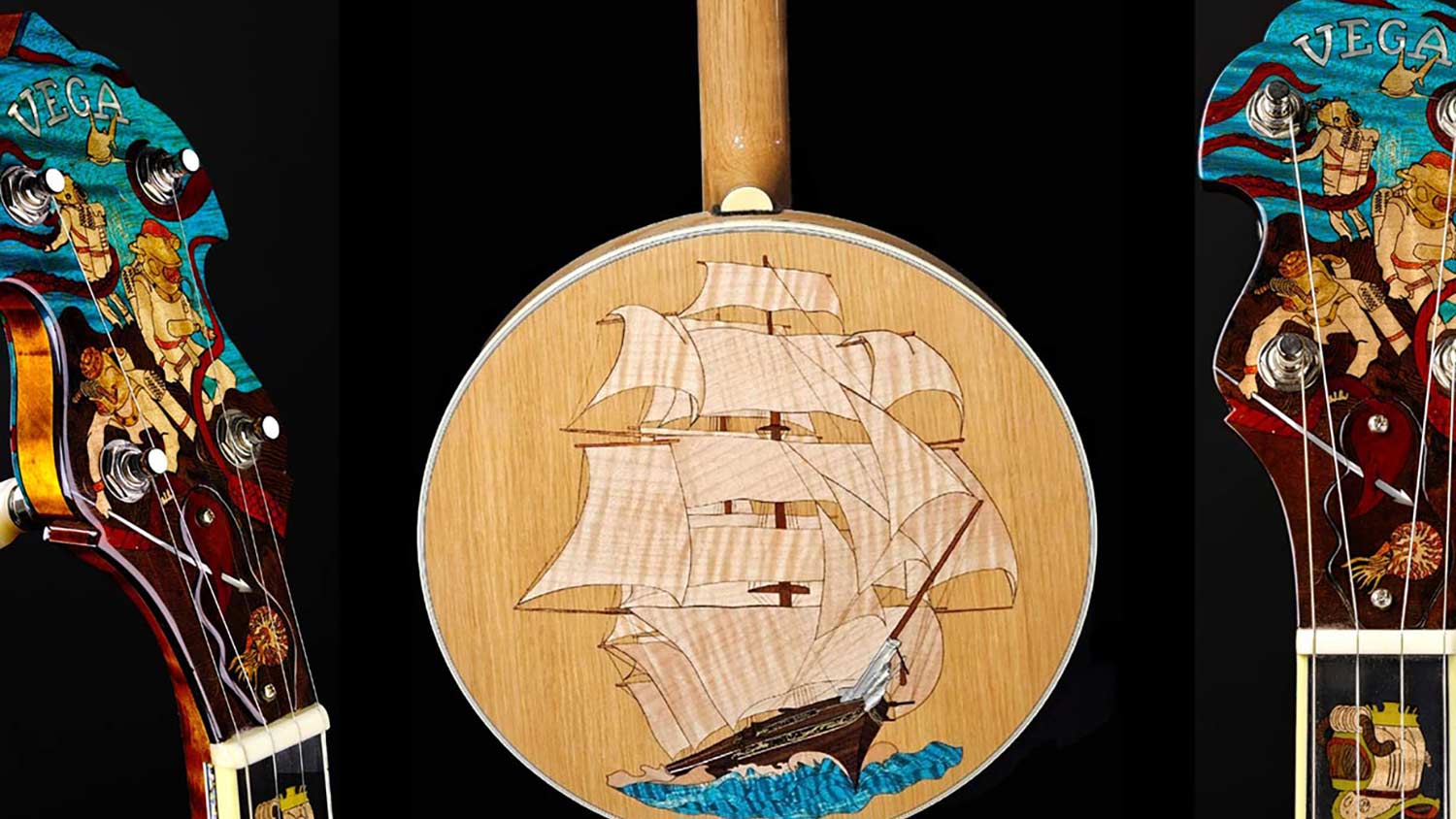





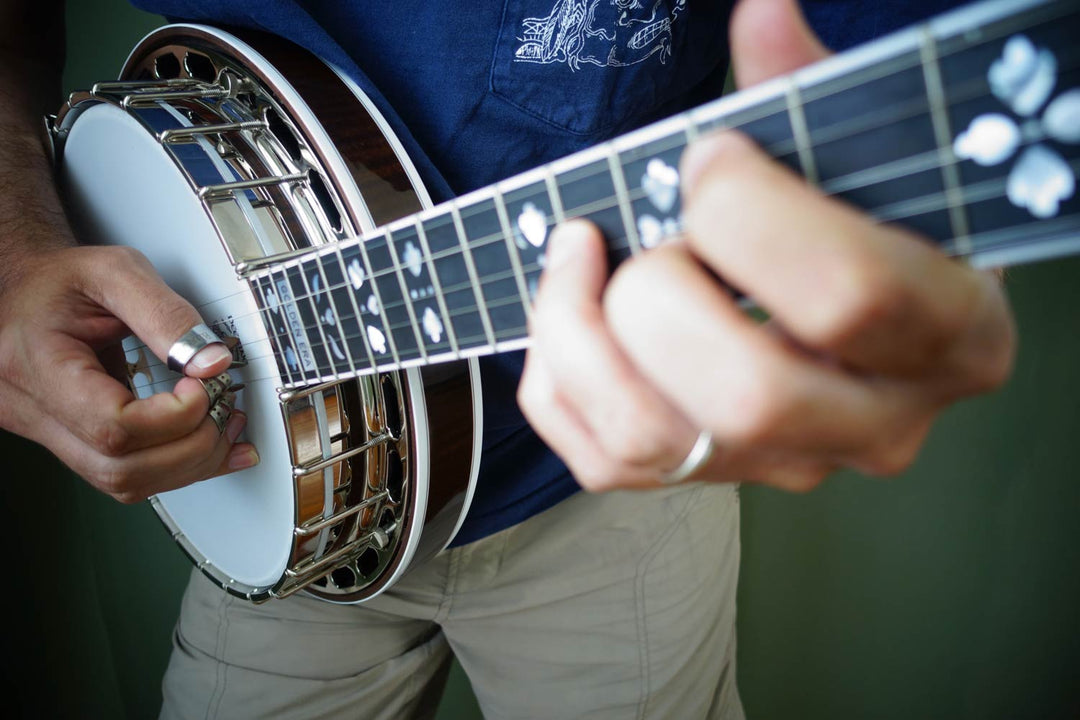
My wife actually gave me a small push to take gutiar lessons as an outless to relieve stress. I’ve always wanted to learn, so it wasn’t much of a push. Since then I been amazed at how effective it is a relieving stress. Even though I’m only starting out, and it can be frustrating at times learning such a subtle and complex instrument, it is the best form of stress relief I’ve ever seen. I can come home from a bad day of work and after an hour of picking away at the gutiar I actually feel better. If I have trouble sleeping, I can play for 20 minutes and go to bed. It’s just a wonderful way to clear your mind of the day’s troubles.
I’ve always used the standard CGDA tuning for my banjos – right from the beginning learning it back in high school –
the alternate tunings are fine for folk-related styles, but the “classical” banjo pieces, turn-of-the century banjo methods, and banjo parts for orchestral and wind music (think Gershwin “Rhapsody in Blue” and the Kurt Weill “Three Penny” score) are written and voiced specifically for the standard tuning.
If one has smallish hands & wishes to play plectrum banjo ( chord melody) you can tune a 19 fret tenor to CGBD & can make the big chords down the nut end—-have to increase the string diameters.
My understanding is that guitarists were interested in playing rhythm like the tenor banjo, and thus invented the 4 string guitar, and gave it same kind of name.
Glad to see an article about the tenor banjo. Having grown up in Phila. PA we would watch the Hew Years Day Parade on TV that had the Mummers String Bands doing their routine in flashy costumes. The rythym section of thes bands were tenor banjos. I joined the mummers organization and learned to play tenor banjo. What fun! Deering and Bacon were the tops in banjos in the 1950’s to the 1980’s. The band I performed with was the 1st mummers band to ever open their 90 second routine before the judges with just the tenor banjos. Hope someone enjoys this comment.
Leave a comment